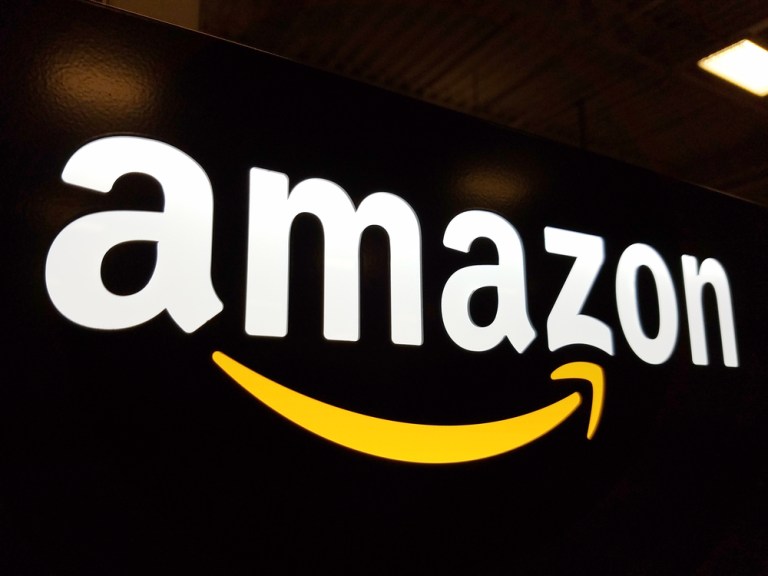
Amazon Prime may have had the best Prime Day ever this past summer, but Morgan Stanley warned there are signs that its Prime growth is starting to slow.
According to news from CNBC, Morgan Stanley said in a research report this week that based on a survey of 1,000 adults in the U.S. during the third quarter, 40 percent of consumers in America already have Prime memberships, which matches the same level that was seen in the fourth quarter of last year.
“These data are the first evidence of potential Prime penetration limits in Amazon’s oldest market,” Morgan Stanley wrote in the note. According to the Wall Street firm, if Prime membership is starting to plateau, it means it’s important that Amazon expands Prime to lower income households and those with older consumers residing in them. Those two segments of the market have historically been a small percentage of Amazon’s vast population of Prime users. The service, for a yearly or monthly subscription fee, offers users access to perks like free two-day shipping on eCommerce order and free streaming of music and movies, as well as other discounts.
While Amazon may be seeing Prime membership slow, it is still making lots of money off its existing customers. In November, CNBC reported that Amazon Prime members have a place among the retailing giant’s installed base as the “golden jewel” of its consumers during the current holiday shopping season.
Citing research from GBH Insights analyst Daniel Ives, CNBC reported that Ives wrote in a note that the company could garner a significant amount of online spending from the month of November and on into the dawn of 2018. How significant? On the order of 50 percent of sales, estimated Ives.
Last year through the same timeframe, Amazon captured 38 percent of online sales. The Prime consumer carries some weight here, spending on the order of as much as 25 percent more through the holiday shopping season. In his note, Ives said that “the ring-fence that Amazon has built around its Prime customer base has significantly benefited the company in a fiercely competitive Cyber Monday pricing environment, with much more competitive prices from Walmart, in particular, seen across inventory during the day.”